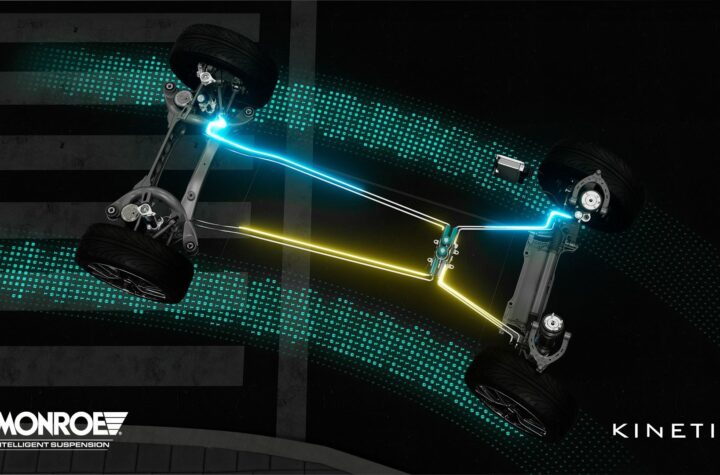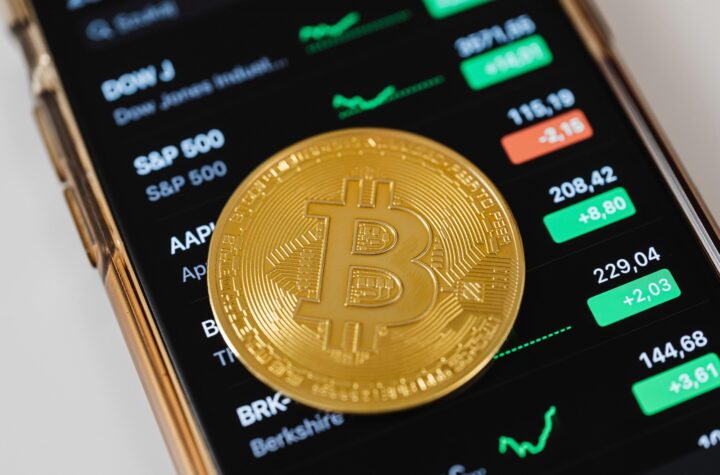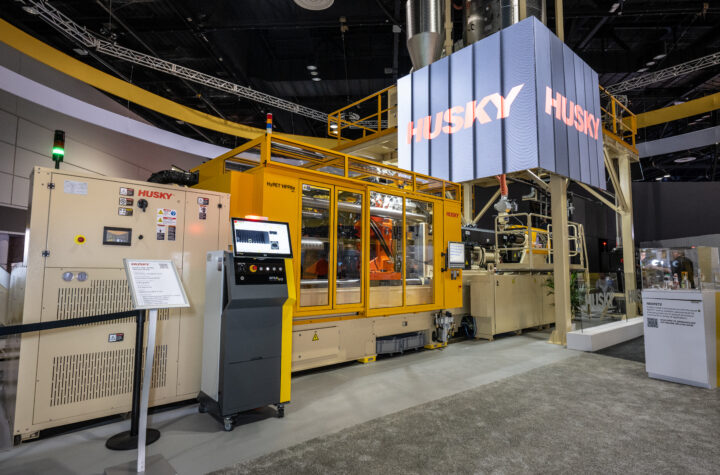Additive manufacturing is starting to move into the mainstream of automotive production – 28 years after BMW began exploring the use of the technology.
Since then it has advanced to the point where the BMW Additive Manufacturing Center in Munich develops and manufactures over 100,000 precision components a year. The range includes prototypes, spares for discontinued classic cars, as well as small plastic mountings and highly-complex metal chassis components.
Automotive Industries (AI) asked Dominik Rietzel, Head of Additive Manufacturing Polymers, BMW Group, how advances in materials are moving additive manufacturing onto the factory floor.
Rietzel: Having the right materials is key for every manufacturing process. In Additive Manufacturing (AM) a wide variety of materials can be processed from a powder, liquid or filament base. The most important thing is to find materials in a technology that can be processed in a stable way to a product that fulfills all necessary requirements. However, high raw material costs are still a limiting factor for a wider implementation of 3D printing technologies. At the same time, we notice there is a higher number of suppliers and start-ups who are pushing the development of the technology and its materials, which will lead to lower prices eventually. We also work closely together with our suppliers and partners to constantly improve the polymers, as well as the metals.
AI: How have innovations in materials and processes changed the way BMW makes cars?
Rietzel: Fast availability, lightweight constructions and increased part complexity are AM strengths, which we have benefited from for almost 30 years now, especially in prototyping. Vehicle concepts can be validated earlier as parts are available quicker. Nowadays, 3D printing in prototype production is indispensable. The majority of our projects still need prototypes. In series production, 3D printed lightweight parts help us to improve our assembly processes with less need for jigs and fixtures on the one hand, and to be cost-efficient for specialized products on the other hand.
Additive manufacturing in general can offer benefits, like individualization for our customers or the production of spare parts for aftersales. Furthermore, the design process for 3D printed parts has changed dramatically as the technology offers new ways of production. Suddenly, delicate bionic structures with added function such as internal structures (e.g. for cooling) can be made, which requires new ways of design thinking and a completely new approach to engineering.
AI: What are the advantages of AM – in terms of cost, lightness and customizability?
Rietzel: Whether we produce one to several thousand parts, the major advantage of AM is that we do not need any tools. Therefore, there are no costs for tooling and we save time as no tools have to be produced. We additionally benefit from fewer geometrical restrictions. Especially when delivery time and fast design iterations are key, the advantages of AM are unsurpassed. In order to identify the right parts for 3D printing, we developed internal ways of using AM technologies cost-efficiently. We see every new project as a welcome challenge to work with interdisciplinary teams of experts from computer science, materials, design and production – just think of the personalized elements in MINI Yours Customized to be designed by you as a customer.
AI: How has the new planar printing technology changed the way AM is used?
Rietzel: In general, planar technologies can produce more components or bigger components compared to conventional point-to-point 3D printing methods without increasing the production time. Thus, they are faster and more flexible than conventional 3D printing. As a rule, planar technologies can be five to 10 times faster than current options because they work by exposing a larger area to the light source. Depending on the geometry of a part, it can take minutes rather than hours to produce. The technology therefore offers benefits for series production. This is why we launched strategic partnerships and investments in those areas on the polymer and the metal side.
AI: Tell us about BMW’s HP Multi Jet Fusion technology.
Rietzel: BMW had early access to the first units some years ago. As our production specialists gave constant and valuable feedback, we were able to participate in the first test programs and installed machines on site for research long before the official market launch. The printer was used for testing purposes in order to find out how it can be integrated into the production environment. Today some HP printers are part of our internal production equipment.
AI: What makes CLIP technology so innovative?
Rietzel: At the end of 2015 a breakthrough in the field of planar 3D printing process was achieved with the introduction of the socalled CLIP technology (Continuous Liquid Interface Production). This method shortens production times considerably since it works with planar exposure from a beam. Additionally, the parts have very smooth surfaces and isotropic mechanical properties as an oxygen permeable glass is used that allows the part to “grow” in the liquid instead of solidifying later by layer. This special process was one of the reasons why we investigated the first generation of machines in Silicon Valley, set up a close partnership and finally decided to do a strategic investment in the company via our BMW iVentures. The BMW Group used the process for the first time to produce individualized side scuttles for the “DriveNow” car-sharing fleet some years ago.
AI: Tell us about BMW’s MINI customization offer in Germany – how popular was it and if so, does the company plan on rolling it out in other regions?
Rietzel: MINI offers 3D printed upgrade products with designs customers have selected. The product range includes the indicator inlays known as side scuttles and trims for the passenger side in the interior and can be designed and ordered online at www.yourscustomised. mini. This innovative package has been available since January all over Europe and South Africa for a range of MINI models. First customer and media feedback has been very positive, and other market launches will follow soon.
AI then asked Maximilian Meixlsperger, Head of Additive Manufacturing Metal, BMW Group, how it is incorporating AM into series production.
Meixlsperger: Our experts in the Additive Manufacturing Center in Munich evaluate each case and new technology individually. Economic efficiency and technological feasibility are taken into consideration for each part we produce, be it for series production, prototyping, tooling, after-sales or other AM applications. In motorsport we have successfully printed the aluminum water pump wheel since 2010, with over 750 parts produced. Our latest success is the series production of a lightweight aluminum cover carrier for the new i8 Roadster. The part carries the cover, which unfolds when opening the roof of the open-top hybrid sports car. The printed part offers less weight and increased stability features compared to the initially planned injection molded plastic component. It is produced through metal powder laser melting, a high-tech aerospace production technology. Through topology and process optimization we were able to push the break-even quantity by a factor of 20, which made the metal-based AM process the technology of choice.
AI: Do you think AM could take over traditional manufacturing processes in the future?
Meixlsperger: Additive manufacturing will not replace existing technologies, but will be a useful addition to them. Currently, cost is the main limiting factor – especially in metal AM. At large-scale production, additive manufacturing is less economical compared to traditional production methods due to higher raw material cost and relatively slow production speed.
However, we are constantly exploring opportunities for using additive manufacturing in largescale production.
We expect to introduce it at the earliest in the next decade when cost efficiency has reached break-even compared to conventional methods. Our iVentures investment in the start-up Desktop Metal leads into this direction. We embrace new companies who commit themselves into to driving AM productivity into new spheres. While speed of binder jetting has shown its potential, the material quality of the sintered material still has to be proven to be applicable in automotive serial production.














































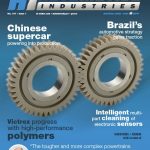 Powertrain: a PEEK into smart solutions
Powertrain: a PEEK into smart solutions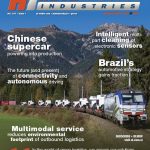 None of which means we have to go back to the Model T. We will end as we started – with a quote: ï
None of which means we have to go back to the Model T. We will end as we started – with a quote: ï They really are out to get us
They really are out to get us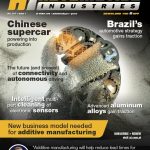 Component manufacturing going digital with GKN Additive
Component manufacturing going digital with GKN Additive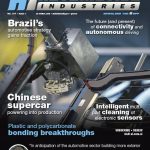 Breakthroughs in bonding and coating enable OEMs to reduce weight by switching to plastic parts
Breakthroughs in bonding and coating enable OEMs to reduce weight by switching to plastic parts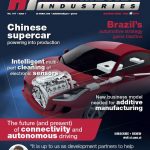 Focus on weight-reduced materials for electro mobility help OEMs keep wheels rolling
Focus on weight-reduced materials for electro mobility help OEMs keep wheels rolling
